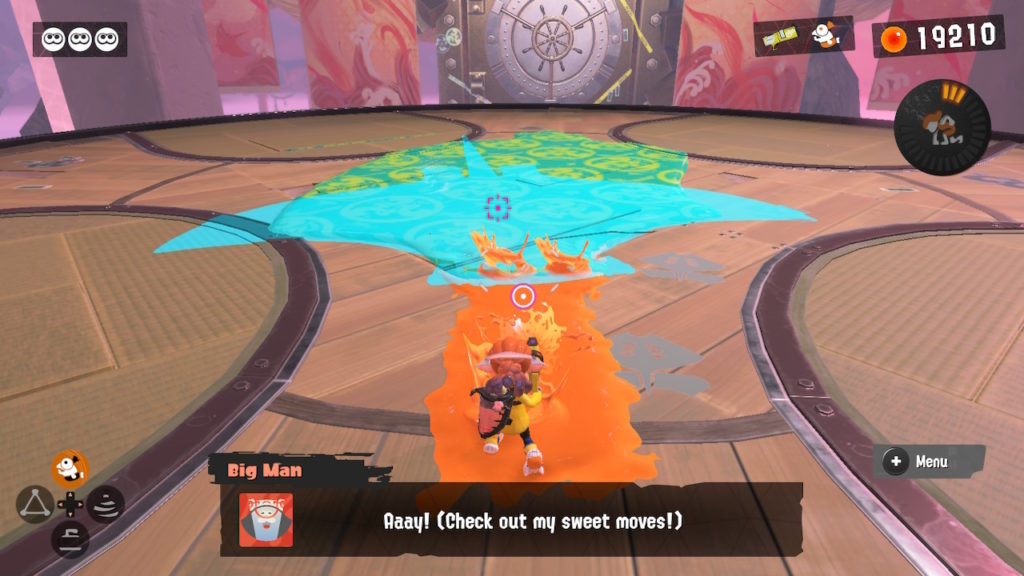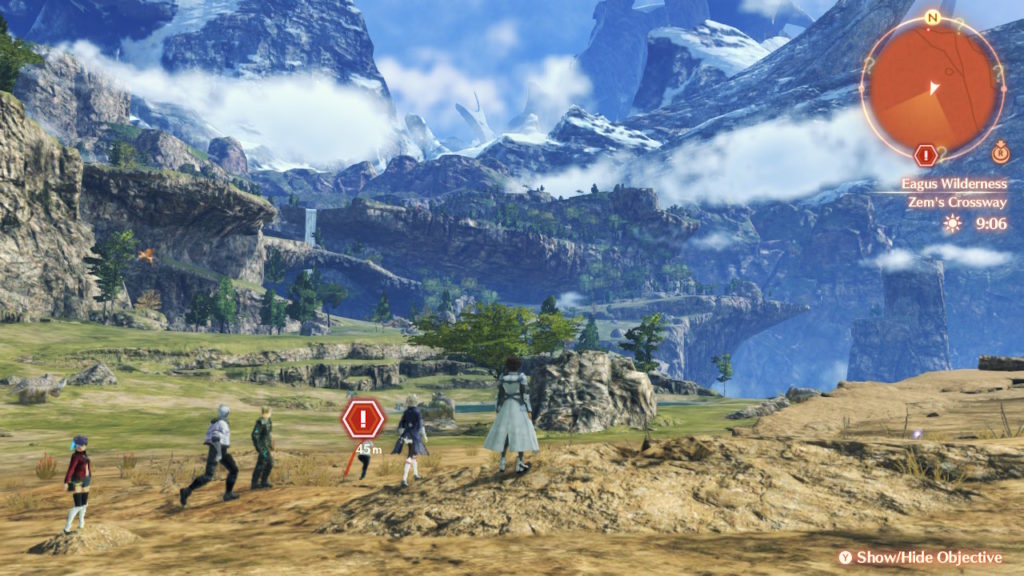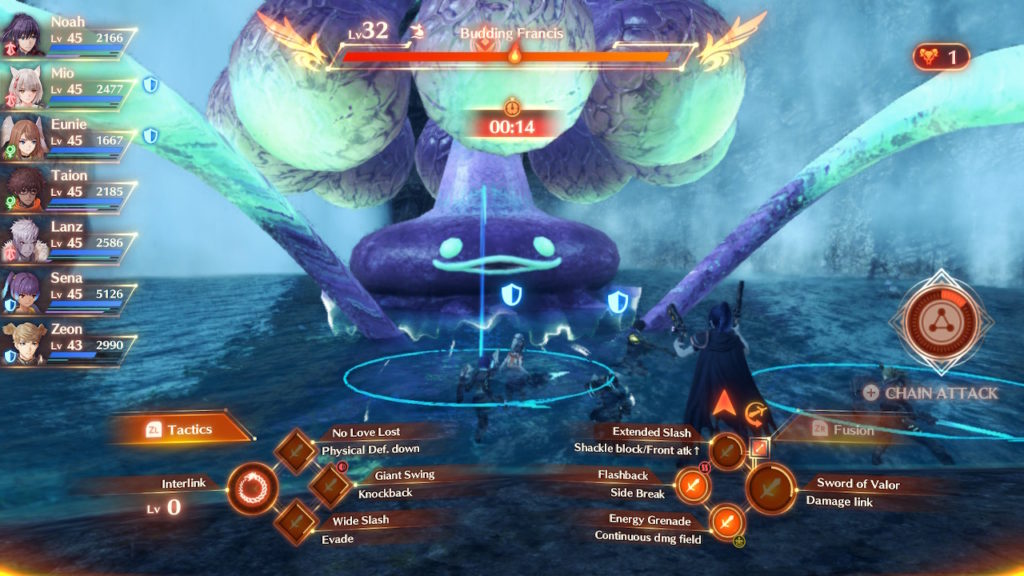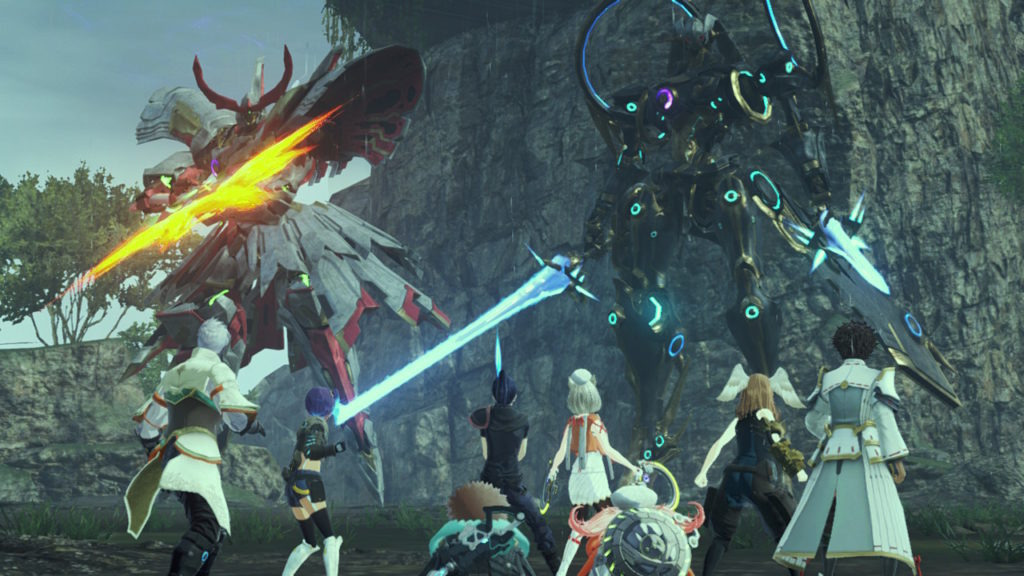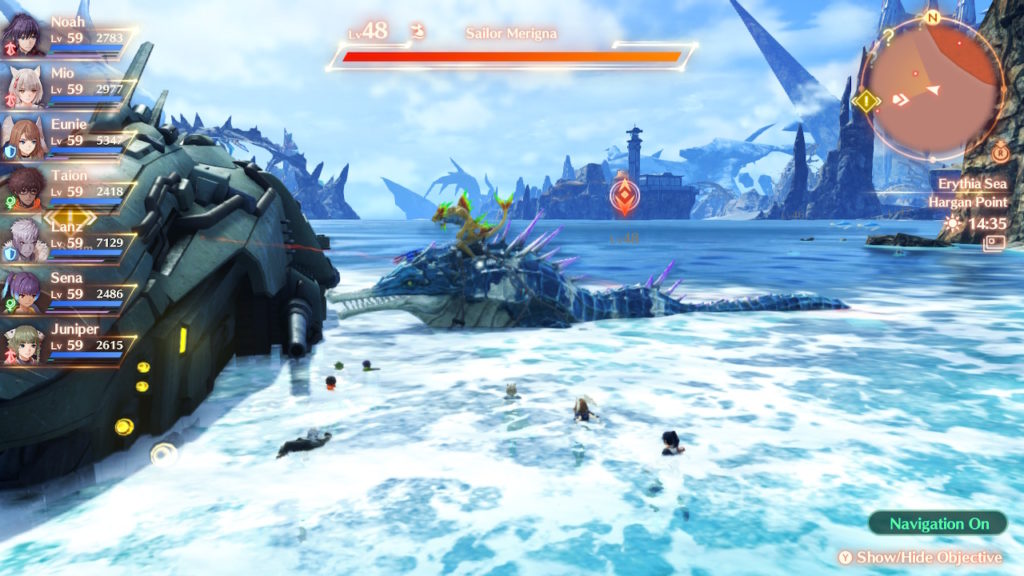- Genre: FPS
- Platform: Switch
- Originally Available On: Gamecube, Wii
Under normal circumstances, this would be a very short ramblings. Yes, this aged well. Yes it’s still an incredibly good and fun game. Yes you should buy it. The end.
But I have some thoughts here on the various versions, with a bit of a wild card. I’ve played all the versions of this that have come out, whether it’s the original release, the Wii update for Trilogy, or what is now the remastered version on Switch. If I look at the versions side by side, I don’t think there’s a real clear winner in terms of which one is the best. There’s things that the last two do that I think are interesting and better, so the real question is, which one should you play?
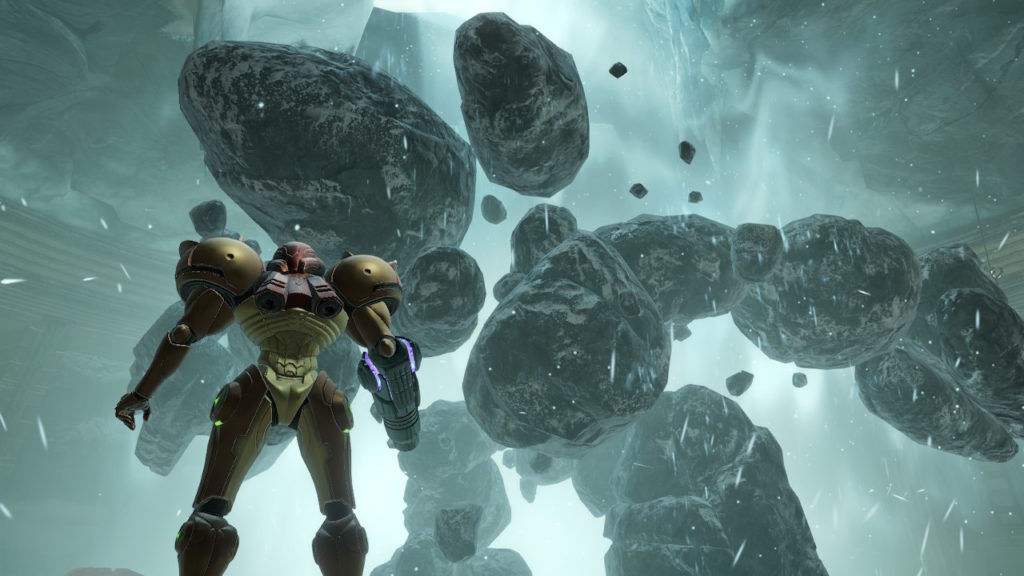
The Switch version is a pretty easy recommendation, especially if you’re a typical console FPS player. The dual-stick controls drastically modernize the game, making general traversal much better than other versions. It allows the game to just flow better, which is a bit of a surprise to me. It also drastically reduces the benefit of aim lock, which is something that surprisingly makes the game quite a lot easier. It’s also easy to recommend it because of the updated visuals, which really do a surprising amount to modernize the experience.
However, I don’t think that’s the best control scheme. I actually think it’s pointer controls, and unfortunately I don’t think that the Switch pointer controls feel as good as they do on the Wii. I noticed that they were occasionally getting out of sync which is something that I’ve seen on other pointer-style Wii ports, as well as with motion-assisted games like Splatoon. This is where the Wii version via Metroid Prime Trilogy really shines. The pointer input scheme on that version is as close to mouse-focused aiming as I’ve ever seen on a console game, and it shines in this experience. It makes boss fights in particular incredibly precise to fight, and again is something that reduces the need to really use aim lock. Combined with a heavier reliance on strafing compared to the original, this is as PC-styled as the series gets.

That said, I do have a wildcard and that comes in the form of PrimeHack. This is a fork of the fantastic Dolphin emulator that adds in support for traditional PC keyboard/mouse controls to Metroid Prime Trilogy, assuming you have a legal way to rip your discs down or feel like sailing the high seas. This can be combined with things like the Dolphin supported for HD texture packs to transform the PC experience into something closer to the remaster’s visual styles with an even better control scheme. The first time I played Prime in this way was a revelation. It transforms into a PC game so easily that I can’t believe more shooters aren’t trying to fill the adventure game niche that this series did. At high framerate and resolution combined with keyboard/mouse controls, this just feels like a modern PC game, despite being 20 years old.
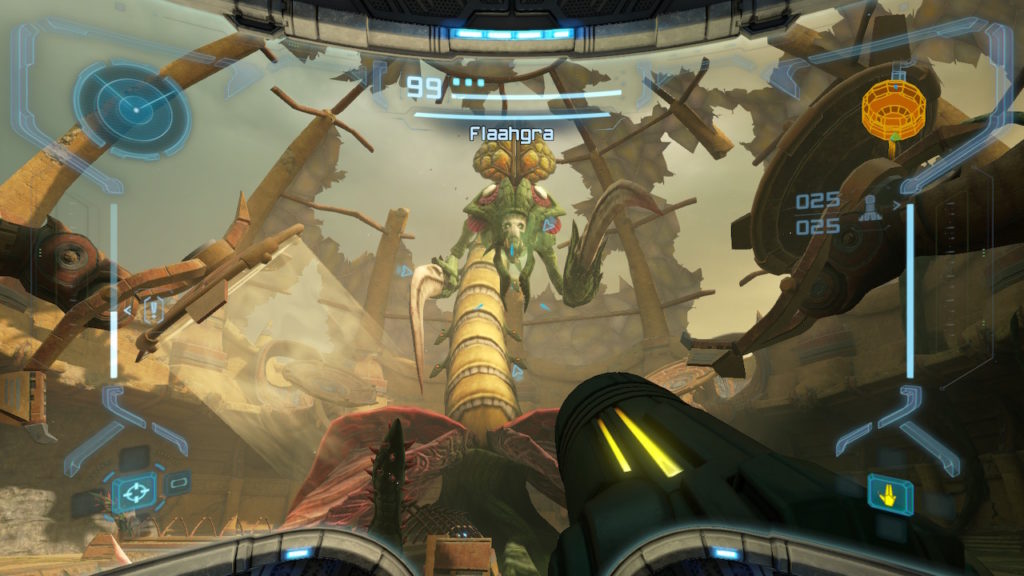
I suppose I never really answered the question of which version you should play, and I think my answer really comes down to any of them. Play the Switch if it’s the easiest to get at. Play the Wii version if you want consistent shooting input. Rip your disc and play it on PC with a texture pack if you really want a surprising experience. However you play this game, you won’t be disappointed. It really does still hold up.


